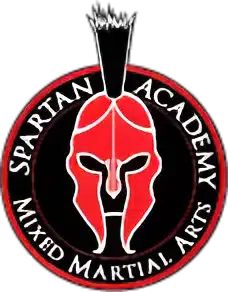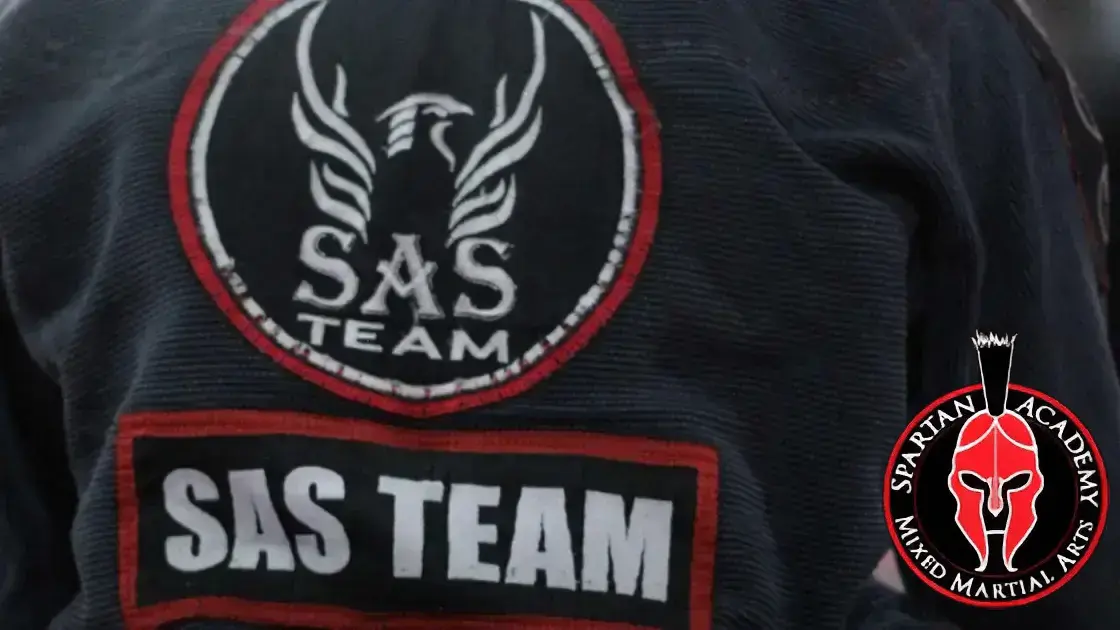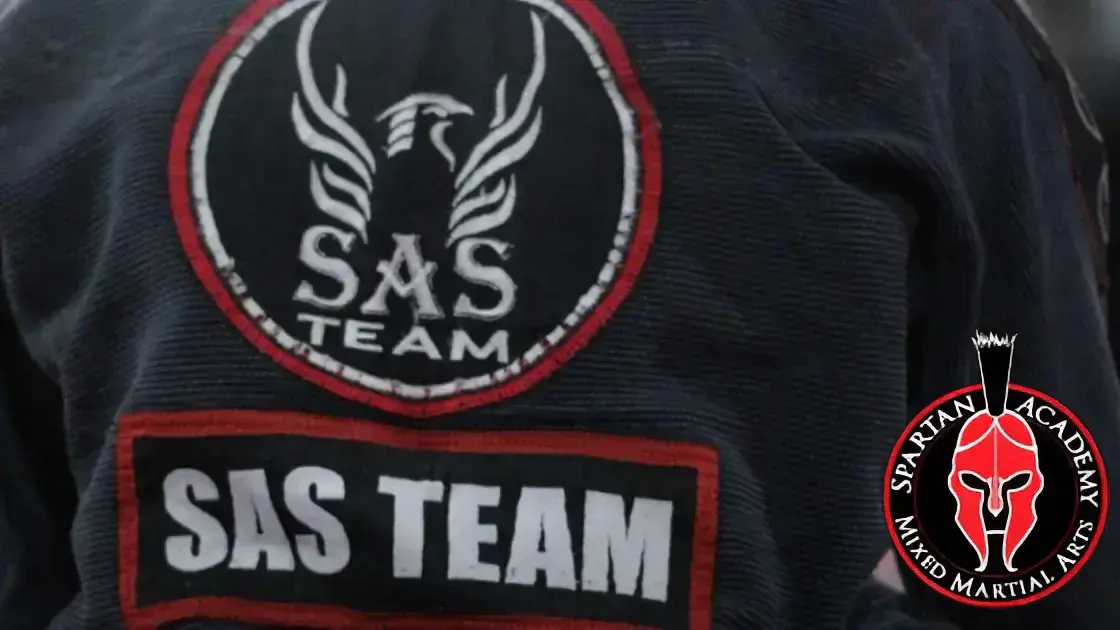Are you new to the world of jiu jitsu and excited to learn the basics? Picture this: you step onto the mat, not quite sure what to expect, but determined to start your jiu jitsu journey with confidence. As you begin exploring the fundamental jiu jitsu moves, you quickly realize that confidence plays a crucial role in mastering this martial art. But why is confidence so important?
Well, my friend, it’s not just about learning and practicing techniques effectively. It also sets the stage for your progression to more advanced moves.
So, let’s dive into the world of beginner basic jiu jitsu moves and discover how starting with confidence can shape your entire jiu jitsu experience.
Table of Contents
ToggleGuard Passes
If you want to get past your opponent’s legs and gain the upper hand in jiu-jitsu, it’s crucial to master the art of guard passes. Guard passes are essential techniques that allow you to maneuver around your opponent’s legs and advance to a more advantageous position.
The key is to control your opponent’s legs and hips while creating space to move. There are different guard passes you can learn, such as the knee cut pass, torreando pass, and leg drag pass.
“The key to successful guard passes is to maintain pressure and control, preventing your opponent from recovering guard. It’s also important to understand different guard styles and adapt your passes based on your opponent’s positioning” says Professor Guybson Sá
Mount Escapes
Mastering mount escapes is absolutely essential in jiu-jitsu. It’s a skill that can truly make a difference in both competitive matches and real-life self-defense situations. So, let’s take a look at five effective mount escapes that you should definitely add to your arsenal:
- Bridge and roll: One effective method is to bridge your hips up and roll to the side. This creates the space you need to escape the mount and regain control.
- Elbow escape: Using your elbows to create space and shrimp your hips out from under your opponent is a fundamental technique. By doing this, you can effectively escape the mount position.
- Upa escape: The upa escape involves explosively bridging your hips up and using the momentum to roll your opponent off of you. It’s a powerful and effective way to escape the mount.
- Trap and roll: Another effective escape is the trap and roll. This technique involves trapping your opponent’s arm and rolling them over your shoulder. By doing so, you can escape the mount and regain control.
- Knee escape: The knee escape is a technique that involves using your knees to create space and then shrimping your hips out from under your opponent’s mount. It’s a reliable method to escape the mount position.
Remember, mastering these mount escapes takes time and effort. So, practice them diligently and be patient with yourself. It’s important to enjoy the process of learning and improving your skills.
With these mount escapes in your arsenal, you’ll be well-equipped to defend yourself and regain control when your opponent has you pinned.
Sweeps From Closed Guard
Sweeps from closed guard are fundamental techniques that allow you to off-balance and reverse your opponent from the bottom position. When you’re stuck in the closed guard, it’s crucial to understand the power and leverage this position gives you. By controlling your opponent’s posture and breaking their base, you can set up and execute various sweep techniques.
Learning these sweeps will greatly improve your ability to control the fight from the bottom position. Sweeps from closed guard can be used to transition to dominant positions like mount or back control, giving you the upper hand in a match.
Taking the time to learn jiu-jitsu and practice these sweeps will boost your confidence and make you a formidable opponent from the bottom.
Basic Submissions
Once you’ve gained control and off-balanced your opponent with sweeps from the closed guard, it’s time to explore the world of basic submissions in jiu-jitsu. Submissions in jiu-jitsu involve using techniques to force an opponent to tap out or submit, signaling the end of the fight.
Here are five fundamental submissions that will aid you on your jiu-jitsu journey:
- Armbar: The armbar is a submission that hyperextends your opponent’s elbow joint. To execute this technique, you trap your opponent’s arm between your legs and extend your hips, putting immense pressure on their arm.
- Triangle Choke: In the triangle choke, you use your legs to lock your opponent’s head and arm, cutting off their blood flow and air supply. By applying proper technique and positioning, you can effectively immobilize and submit your opponent.
- Rear Naked Choke: The rear naked choke is a powerful submission that involves wrapping your arm around your opponent’s neck from behind. By applying pressure to their carotid arteries, you can cause them to lose consciousness and secure a victory.
- Kimura: The kimura submission targets the shoulder joint of your opponent. By applying pressure to their arm, you force them to either submit or risk injury. Proper technique and leverage are essential in executing this submission effectively.
- Guillotine Choke: The guillotine choke is a submission that involves trapping your opponent’s head and using your arms to apply pressure to their neck. This technique can force them to tap out or lose consciousness if executed correctly.
Mastering these basic submissions requires practice, proper technique, and a solid understanding of the mechanics behind each move. By incorporating these submissions into your jiu-jitsu repertoire, you’ll be well on your way to becoming a skilled grappler.
Takedowns
If you want to dominate your opponent in jiu-jitsu, it’s crucial to have a strong foundation in takedowns. Takedowns are essential techniques that allow you to bring the fight to the ground and gain an advantage. Whether you’re practicing self-defense or competing in a tournament, having a variety of takedowns in your arsenal is key.
Two common takedowns are the double leg takedown and the single leg takedown. In a double leg takedown, you drive forward and lift your opponent’s legs off the ground. This move requires precise timing, footwork, and technique. The single leg takedown, on the other hand, focuses on taking down one leg of your opponent.
Mastering takedowns gives you control over the fight and sets you up for more advanced techniques. So don’t underestimate the importance of takedowns in your jiu-jitsu journey. They’re the foundation of your strategy and can make a significant difference in your performance.
“Practice them diligently, and you’ll be able to dictate the flow of the fight and position yourself for success.” – Professor Guybson Sá
Conclusion on Beginners Basic Jiu Jitsu Moves
Mastering beginner basic jiu jitsu moves is essential when starting your jiu jitsu journey. These foundational techniques not only improve your physical abilities but also boost your mental strength and self-confidence. By practicing guard passes, mount escapes, sweeps from closed guard, basic submissions, and takedowns, you’ll be well-equipped to advance to more advanced techniques.
Approach your jiu jitsu training with excitement and determination, and you’ll be on your way to becoming a skilled practitioner.
If you’re looking to start your jiu jitsu journey or further improve your skills, consider checking out Spartan Academy MMA. Located in Columbia, South Carolina, USA, Spartan Academy MMA offers classes in Brazilian Jiu Jitsu, Muay Thai, Kickboxing for all ages or levels, MMA for children and teenagers, and Strength and Conditioning classes for all ages and levels.
Spartan Academy provides a free trial class, so you can experience their training firsthand. Book your free trial now!
Don’t miss the opportunity to train at Spartan Academy MMA and take your martial arts journey to the next level.





